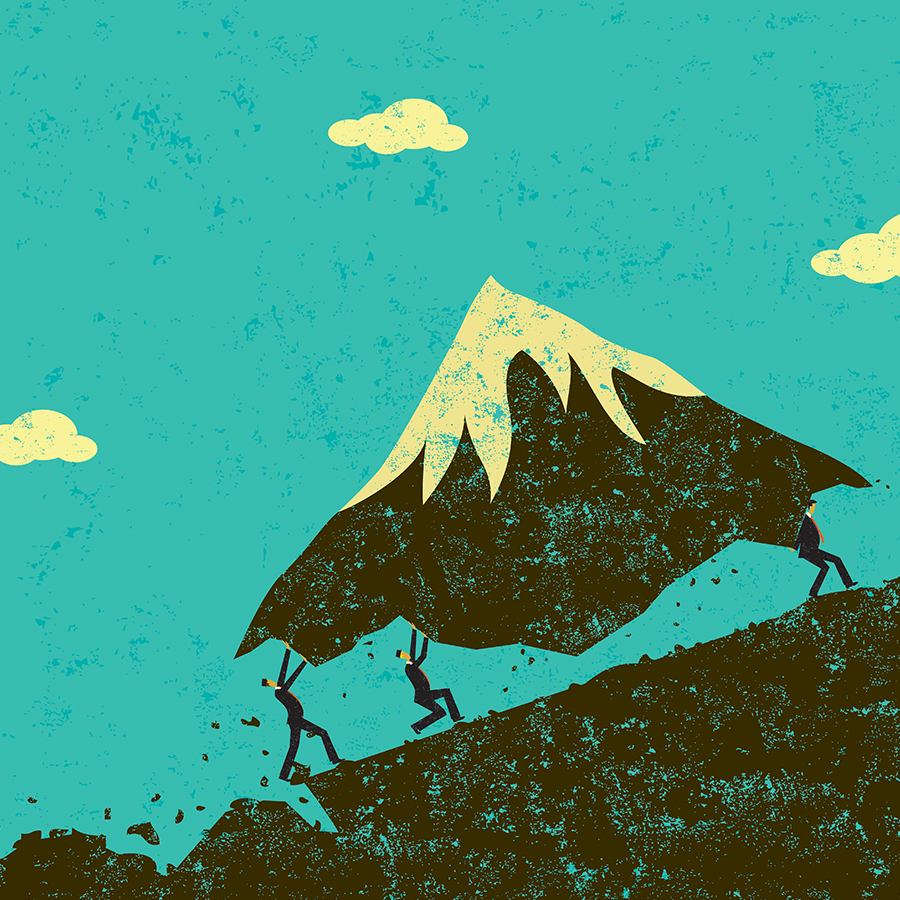Is Inventory Bloat Hurting Your Cash Flow?
Here’s a familiar scenario. Customer complaints about late and incomplete orders start to pile up. In response, inventory managers frantically boost safety stock levels in the ERP system or, worse yet, work outside of the system. Eventually, order fulfillment rates improve and customer satisfaction goes back up. Everyone’s a hero.
Building inventory to compensate for poor planning comes at a cost of course. For one client, TBM valued the company’s excess inventory at over $30 million across multiple divisions. That’s $30 million in working capital that could have been better deployed elsewhere, like paying down debt, funding acquisitions or otherwise investing in the future of the company.
Throwing Inventory at a Problem is Not a Solution
To optimize inventory levels TBM has long worked with clients to analyze their current order fulfillment strategies and streamline material flow while improving customer service levels. Today’s inventory optimization solutions make it easier to both assess the size of the potential financial savings and make the transition to a more sophisticated and accurate inventory planning process.
In this article we outline the inventory optimization approach at a multi-billion- dollar concern with multiple divisions and factories all over the world. To reduce debt and free up capital for future growth, corporate leadership challenged division leaders to reduce inventory levels. Managers had a habit of increasing inventory levels to avoid back orders and improve service levels, but the carrying costs and cash tied up in inventory was delaying the
equipment and human capital investments needed to sustainably grow the business.
Using the InvOpt inventory optimization solution from Supply Chain Sciences, we identified $30 million in potential savings and developed a new inventory management strategy coupled with a robust parameter planning and optimization process. The new approach enabled executives, managers and planners to leverage the data in their ERP system and stop using spreadsheets, e-mails and phone calls to manage their inventory.





